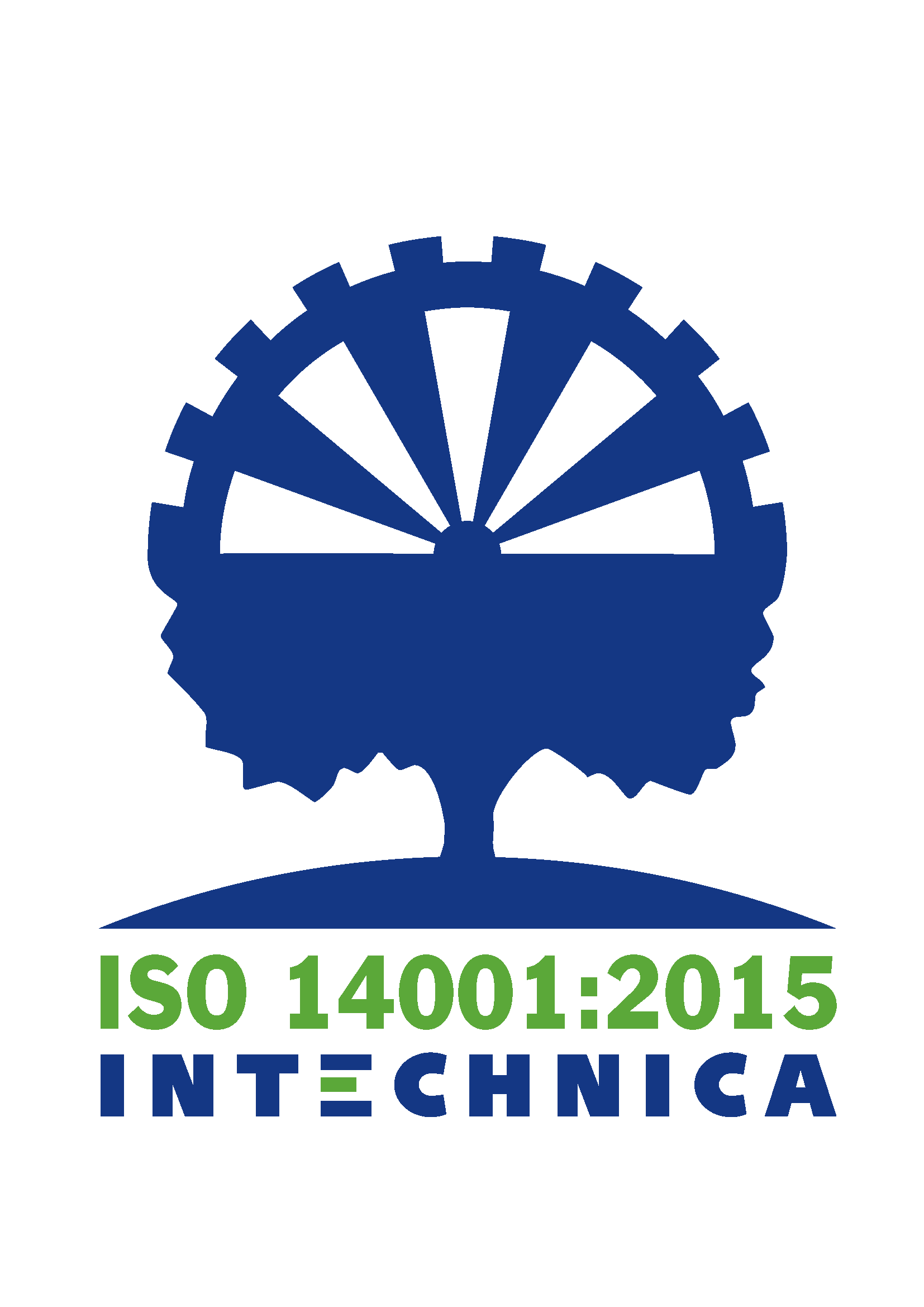Welcome to our comprehensive guide to Tension springs stainless. If you are looking for a manufacturer or supplier of any kind of technical springs, you have come to the right place. In this article we will explain everything you need to know about stainless tension springs and help you find the perfect solution for your needs.
1. Introduction to stainless tension springs
What are stainless steel tension springs?
Stainless tension springs are specially designed springs that are made of stainless steel. They serve to create a pulling force when stretched and return to their original shape when the pulling force is released. Known for their rust resistance and durability, these springs are used in a variety of applications.
Advantages of stainless tension springs
Tension springs offer a variety of advantages over traditional springs. Here are some of the key benefits:
- Rust resistance: Thanks to the rust-proof stainless steel, these springs are well protected against corrosion and remain intact even in damp or aggressive environments.
- Longevity: Stainless tension springs are known for their high resilience and long service life. They can maintain constant pulling force over a long period of time.
- Versatility: These springs are available in different sizes, wire gauges and lengths to meet different needs. They can be used in a wide range of applications, from industrial machinery to household appliances.
Applications of stainless tension springs
Tension springs are used in numerous areas. Here are some examples:
- Automotive industry: Stainless tension springs are used in vehicles for various applications such as hoods, trunk lids and seat adjustments.
- Household appliances: They are used in household appliances such as dishwashers, washing machines and doors.
- Medical devices: Stainless tension springs are used in medical devices such as syringes, infusion pumps and surgical instruments.
- Industrial Machinery: They are found in machines such as printing presses, conveyor belts and cranes.
- Construction: Stainless tension springs are also used for gates, windows and other building elements.
2. Materials for tension springs are rustproof
Stainless steel as an ideal material
Stainless steel is the ideal material for stainless steel tension springs. Stainless steel offers high corrosion resistance and durability, making it perfect for applications where the spring comes into contact with moisture or other corrosive substances. There are different types of stainless steel that can be selected depending on the application.
Other possible materials
Although stainless steel is the preferred material for stainless extension springs, there are also other materials that can be used depending on the specific requirements of the application. Some examples are:
- Phosphor Bronze: Phosphor bronze offers a good combination of elasticity and corrosion resistance and is widely used in electronic devices and precision instruments.
- Titanium alloys: Titanium alloys offer high strength and corrosion resistance while being lightweight. They are often used in airplanes, spacecraft and medical implants.
- Inconel: Inconel is a nickel-chromium superalloy that can withstand extreme temperatures and chemical attacks. It is often used in high temperature applications such as gas turbines and oil refineries.
3. Selecting the right tension springs, stainless
Selecting the right stainless tension spring for your application is critical to its optimal performance. Here are some important factors to consider when choosing:
Consideration of the spring constant
The spring constant is a measure of the stiffness of the spring and determines how much the spring is stretched at a certain tensile force. The higher the spring constant, the stiffer the spring. It is important to choose the correct spring constant based on the needs of your application.
Determination of spring length and wire thickness
The spring length and wire thickness are crucial to the pulling force the spring can generate. A longer spring or thicker wire usually creates a higher pulling force. It is important to determine the correct spring length and wire gauge values based on the specific needs of your application.
Incorporation of environmental factors
When selecting a stainless tension spring, it is important to also consider environmental factors. For example, the spring may operate in a humid or corrosive environment where greater corrosion resistance is required. It is important to consider these factors to select the correct stainless tension spring for your application.
4. Adjustment of tension springs rustproof
Sometimes standardized tension springs do not meet all requirements. In such cases, it is possible to adapt stainless tension springs to your specific requirements. Custom tension springs offer the flexibility to choose the right combination of spring rate, length and wire gauge for your application.
In addition, there are also special requirements that require custom-made products. For example, certain applications may require a tension spring with special ends or a unique shape. In such cases, you can work with a manufacturer or supplier to develop a customized solution that meets your needs.
5. Assembly and fastening
The assembly and fastening of stainless extension springs is an important aspect to ensure that the spring functions properly and is safe. There are various fastening options and methods that can be selected depending on the application.
Fastening options and methods
- Hook: The spring can be attached with hooks at both ends. This is a simple and commonly used method to attach tension springs.
- Grommets: Grommets can be added to the ends of the spring to attach it to other components. This method provides a secure and stable attachment.
- Screw connections: Another option is to attach the spring with screws at the ends. This provides a firm connection and allows for easy disassembly.
The Klappe/Luke Situation
In certain applications such as flaps or hatches, stainless tension springs must meet special requirements. In such situations, it is important to select the right spring with the appropriate characteristics to ensure smooth and reliable functioning.
6. Calculations and information
Basic calculations
When working with extension springs, it is important to perform basic calculations to determine the correct values for the spring constant, length, and wire diameter. These calculations are based on the specific needs of your application and can be performed by a professional.
Tips and tricks for using stainless tension springs
Here are some useful tips and tricks for using stainless extension springs:
- Regularly check the condition of the tension springs to ensure they are functioning properly and show no signs of wear or damage.
- Pay attention to the correct assembly and fastening of the tension springs to ensure safe and reliable functioning.
- Consider the environmental factors in which the tension springs operate and choose the appropriate material for optimal performance and durability.
Conclusion
Stainless tension springs are an excellent solution for your technical spring needs. With their rust resistance, durability and versatility, they can be used in a variety of applications. By selecting the right stainless tension spring, matching it to specific requirements, and carefully assembling and securing it, you can ensure that your springs function optimally. If you would like to purchase stainless tension springs, contact a manufacturer or supplier and discuss your requirements.









Leave A Comment